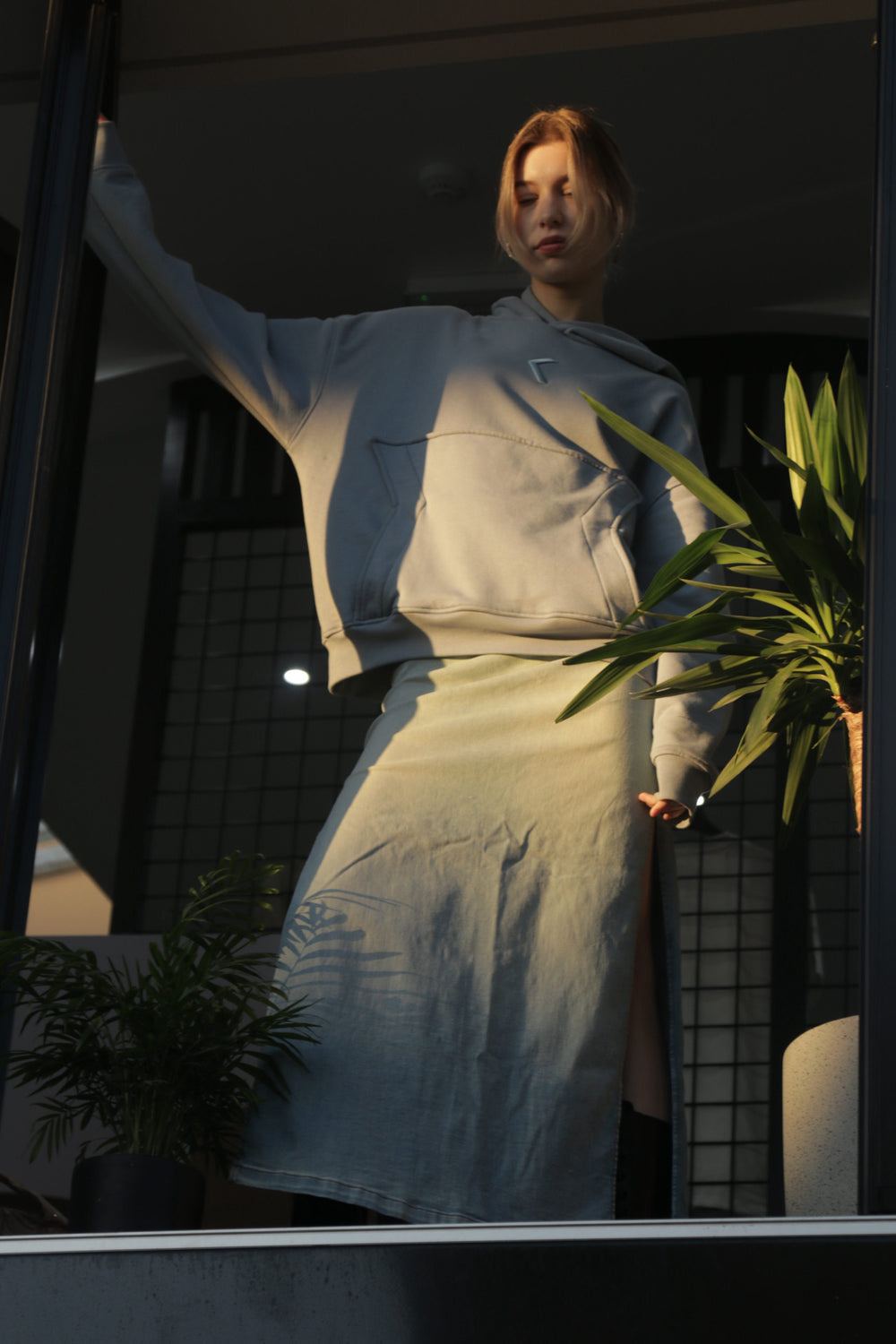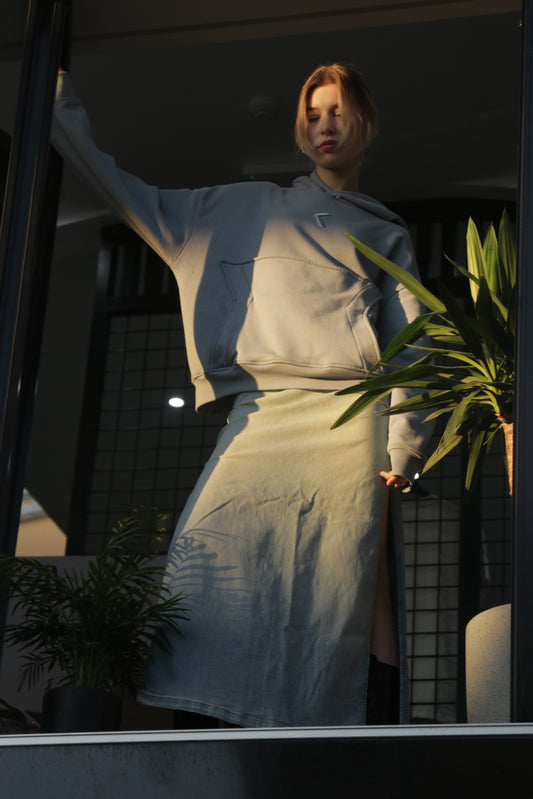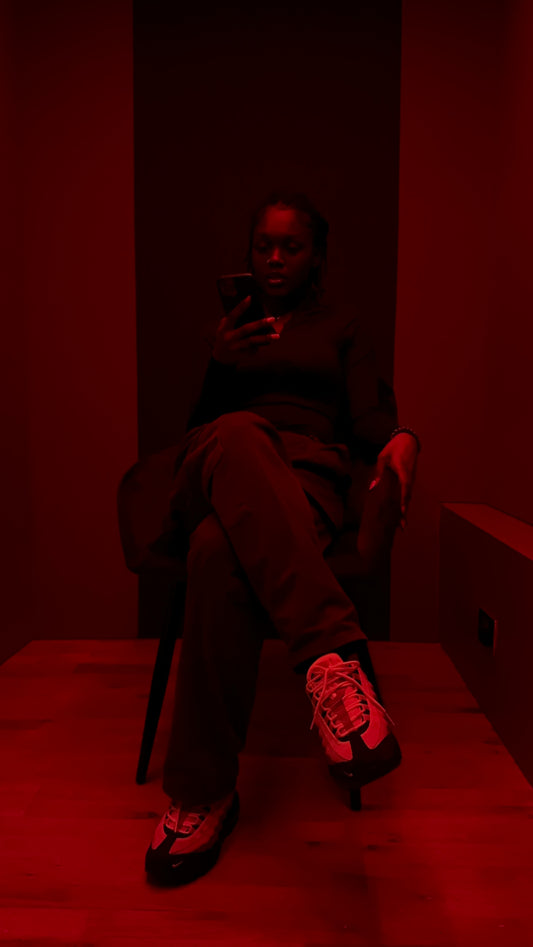
Fashion Past on Fashion Future
The study of fashion history is a wide and complex field that is rich with fascinating stories and cultural significance. Fashion has played a crucial role in shaping and reflecting society from ancient civilizations to the present. But in addition to being a fascinating and motivating subject, the history of fashion can have a significant impact on the industry's future. We'll examine how the past may affect fashion's present and future.
The use of vintage and retro styles is one of the clearest examples of how the past of fashion can influence the present. Numerous designers incorporate vintage styles into their present-day collections by reinterpreting them. The use of vintage fabrics and patterns as well as the return of recognisable shapes and design elements are just a few examples of this.
For instance, a designer may be inspired by a particular decade or century, such as the vivid and colourful clothing of the 1960s or the sleek and simple fashions of the 1990s. By returning vintage styles into the mainstream, designers may create a sense of nostalgia and a link to the past while still offering a new and contemporary spin.
Cultural and societal context may be impacted by fashion history. It's possible that certain fashions or trends gained popularity in the past due to their ties to specific social or cultural movements. For instance, the power suit rose to prominence as a way for women to assert their authority in the workplace in the 1980s, while the miniskirt became a symbol of the Women's Liberation movement in the 1960s.
Understanding this context can help designers better appreciate the relevance of these designs and how they might apply to modern fashion. For instance, a designer could use the political or social relevance of a certain style to comment on or make a statement about current events.
The development of new technologies and materials is another way that the past of fashion may have an impact on the present. Technological developments have enabled several improvements in the fashion industry and understanding the history of fashion may help us comprehend how these developments have affected the sector over time.
For instance, in the 20th century, the use of synthetic textiles like polyester and nylon revolutionised the fashion sector by making it possible to produce clothing that is lighter, more comfortable, and more durable. Designers keep expanding the boundaries of what is possible with new materials and technology, from eco-friendly materials to smart fabrics that analyse health data.
In conclusion, the development of the fashion business will be greatly influenced by its past. The past can have a big impact on the present and future of fashion, from the absorption of vintage and retro styles to the comprehension of cultural and social backgrounds to the creation of new technology. Designers can leverage their increased grasp of the factors that have impacted the fashion business to produce original and cutting-edge designs by researching the history of the sector.





